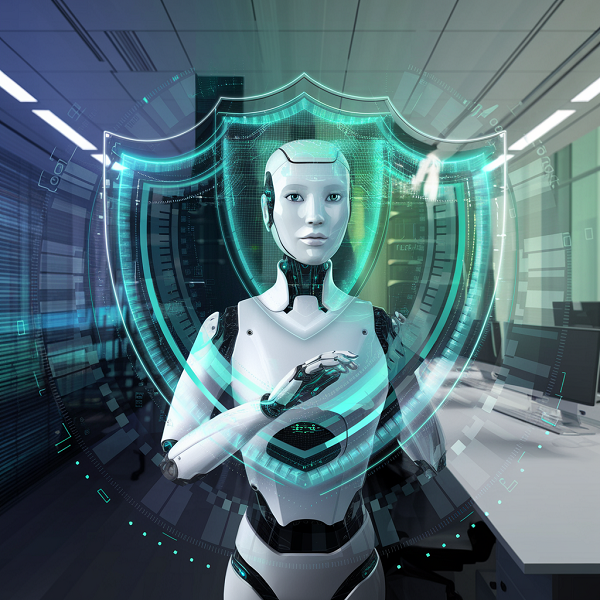AI Agents are definitely a big thing now, and there is expected to be an explosion of AI Agent adoption this year. Unfortunately, just like with every major technological evolution, most people will miss out initially – similar to what happened with the internet and cryptocurrency/bitcoin revolutions.
As I promised in my recent tweet, in this article I’ll explain what AI Agents are, and in a subsequent piece, we’ll walk through how to actually build one to aid your workflow as a cybersecurity professional.
What Are AI Agents?
AI Agents are systems designed such that they can autonomously formulate plans and execute tasks to achieve a specific goal, without the need for constant human instruction. Unlike traditional chatbots that require step-by-step instructions, AI Agents act autonomously. You simply provide an Agent with a goal or task, and it will independently figure out and execute the steps to achieve that objective without needing micromanagement.
Think of AI Agents as a team of Personal Assistants powered by Large Language Models (LLMs) trained on billions or trillions of parameters. Imagine this kind of PA working tirelessly for you all day every day. What could you accomplish? Imagine it!
Even with their extreme capabilities, AI Agents are not yet widely known or adopted because they are not yet user friendly – much like the situation with GPT-3 in 2020 before ChatGPT’s user-friendly interface brought it to the mainstream in late 2022.
For cybersecurity professionals specifically, learning to build AI Agents could be a massive productivity booster. Many cybersecurity roles involve repetitive, tedious tasks that are perfect for offloading to an AI Agent assistant.
For example, consider the daily task of reviewing security log files and reports to identify potential threats or anomalies. This process can easily take 30 minutes or more each day as an analyst must comb through volumes of data line-by-line.
However, an AI Agent could be trained to automatically ingest and analyze those same logs and reports, flagging only the critical issues for the human analyst’s review. Instantly, those 30 daily minutes are freed up from a routine, tedious chore.
Scale that time savings across a year, and the cybersecurity professional has recouped an astonishing 180 hours of their time! Those are hours that could instead be spent on higher-value tasks, strategic planning, upskilling in other areas, and avoiding burnout.
Any repetitive task, analysis, or workflow is a potential candidate for building out an AI Agent solution.
The Time to Learn AI Agents Is Now
OpenAI CEO, Sam Altman said, “Once your Uber driver is talking about AI Agents, it’s already too late.” This is your chance as a cybersecurity professional to stay ahead of the curve before this technology become proliferated.
It’s better to learn how to build and work with AI Agents now, before they go mainstream, rather than scrambling to understand them once the AI Agent revolution has already arrived. When that revolution comes, professionals who have already built Agents and cultivated that expertise will be many steps ahead in maximizing productivity and scaling their cybersecurity practices.
Don’t miss out on this potentially game-changing technology like so many did with past innovations. The time to learn AI Agents is now, before it’s too late and your competitors have beaten you to the punch.





